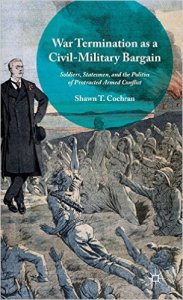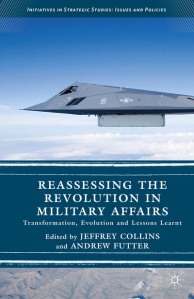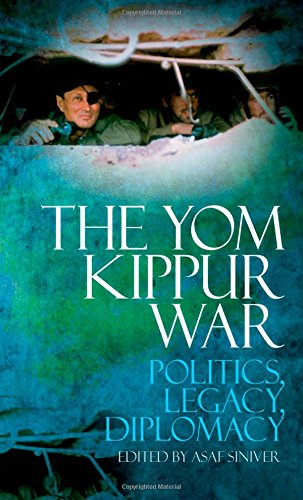Israel Affairs 23.2 (2017)
Table of Contents
Articles
- The rise and decline of ‘optional control’ in the IDF / Eitan Shamir (205-230)
- ‘Spokesman-ship is a weapon’: Israeli army news management during the October 1973 war / Giora Goodman (231-252)
- The erosion of US‒Israeli relations during Obama’s second term / Robert O. Freedman (253-272)
- A ruling party in the making: Mapai in the 1948 war / Avi Bareli (273-302)
- Politics vs. trade: a Realist view on Turkish‒Israeli economic relations / Cenap Çakmak & Murat Ustaoğlu (303-323)
- Israel is too expensive for us? Political consumerism, public policy and entrepreneurship: the case of the cottage cheese boycott / Omri Shamir (324-341)
- Banking and philanthropy in pre-state Jewish Palestine: particularist Sephardic philanthropy disguised as support for the general Zionist cause / Riki Galia (342-360)
- ‘Digital soap opera’ online radio listening patterns and the digital divide / Mira Moshe, Tal Laor & Shimon Friedkin (361-384)
- The Palestinian Authority: the dangerous transition from failing entity to failing state / Kobi Michael (385-410)
- The Holocaust paradox: Holocaust denial and its use in the Arab world / Nitza Davidovitch & Nissim Dana (411-426)
- Cultural change in a kibbutz factory as an outcome of the privatization process: an Israeli case study / Yaffa Moskovich & Yuval Achouch (427-446)
Book Reviews
- Divine service? Judaism and Israel’s armed forces (447-448)
- Crossing: Suez, 1973 (448-449)
- Eye to eye (450-451)
- Defensive Shield: An Israeli Special Forces Commander on the Front Line of Counterterrorism (451-452)




